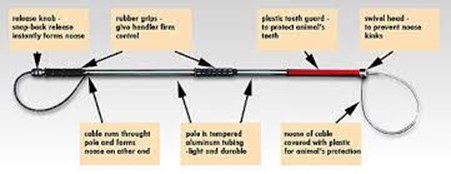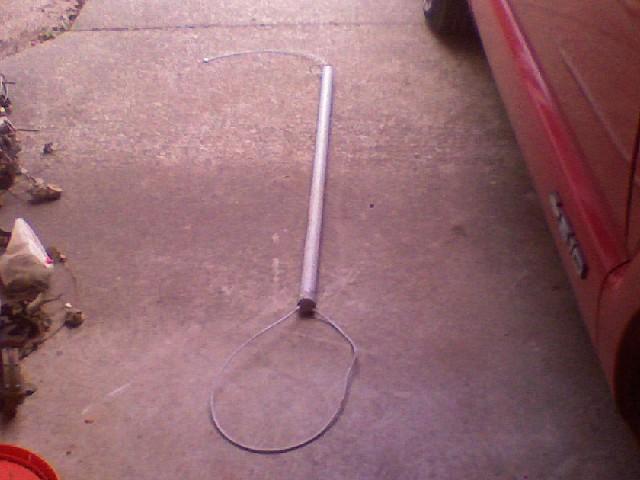

Stand up the “Y” stick (the post) by the edge of the rock. Wipe or skewer the bait on one end of the 12-inch bait stick.

Square knots are fine for each end of the string. Tie the other end of the string to the two-inch stick (the toggle). To set it all up, take your nine-inch straight stick (the lever) and tie one end of the string to it. Or you can set the noose in a trail near the peg trigger. You can attach bait to the trigger peg with the noose hanging around the baited part. Tying the line elsewhere on the peg will pull the trigger at an odd angle and you’ll never set the trap. Make sure you tie the knot on the trigger peg on the side of the peg you have cut the hook into.

Tie your snare line to the spring pole and tie the trigger peg into the line. After you set your ground peg, carve a matching hook in your trigger peg, which will grab onto the hook in your ground peg. This woody plant and its extensive root system will provide an exceptional anchor for your trap, which is especially valuable in sandy soils where pegs and stakes are often yanked out of the ground by the spring pole. If you had a saw of some kind, you could also saw off the top of a standing bush or sapling. That last part will depend on whether you plan to make the trap either motion- or bait-activated.Ĭarve a hook near the top of your peg and drive it deep into the ground. You’ll need a spring pole, a peg driven into the ground, a snare line with noose, a peg to act as a trigger, and maybe some bait. The peg snare can give neophyte trappers some trouble if they don’t know which side of the peg to tie the line, but this trap is relatively easy to set. I like the metal pipe, cause you don't have to worry about it bending or breaking with a stout animal.Carve a hook near the top of your peg and drive it deep into the ground. I have used this on some STOUT coons and some fox. bend the cable and ferrules down towards the bottom of the pipe and tape tightly with electrical tape. then cut the cable about 1" past the pipe(where the hole was drilled) and crimp a ferrule-you can use 2 if you wish(do not leave this inside the pipe-the cable will not slide!!). now you will need a couple of feet of cable out the rear of the pipe to hold with your hand, and make the loop in the other end to the desired width.

when you get the cable thru the drilled hole in the pipe(out the other side-complete pass thru), you can now tighten the cap with channel locks. thread the cable thru the hole you drilled in the pipe. thread the other cap thru the cable, but don't tighten yet. screw the cap onto the pipe and tighten with channel locks. the ferrel will keep the cable from passing thru the cap. thread the cable thru the hole on one of the caps and all the way thru the pipe. you need to drill a hole all the way thru both sides of the pipe on one end about 1/2" below the threads-same size hole as the caps. you can crimp or flatten the ferrule with a hammer on one end of the cable. then cut to what you need).ĭrill a hole in both caps bigger than the cable, smooth any rough edges(so it don't eat the coating off the cable). bought 2 caps some ferrules, and coated 3/32 cable(don't remember exactly how long, but i would think 7-8 ft. I used a 3 or 4' piece of black 1" water pipe (lowes) threaded on both ends.


 0 kommentar(er)
0 kommentar(er)
